One of the richest people on the planet, a technological genius, and a conqueror of space, Elon Musk successfully combines engineering talent with entrepreneurial vision. How did a schoolboy with a broken nose, beaten by classmates, go on to build a business empire and become one of the key figures in the White House?
An Entrepreneur Since School
Elon Musk is now 53 years old. In April of this year, he became the richest person in the world according to Forbes, surpassing Meta’s Mark Zuckerberg, Amazon’s Jeff Bezos, and LVMH’s Bernard Arnault. His fortune is estimated at $342 billion. Perhaps the key is that Musk’s empire consists of six major corporations — electric vehicle manufacturer Tesla, aerospace giant SpaceX, the social media platform X, tunnel construction company The Boring Company, neurotechnology firm Neuralink, and the AI startup xAI.
Musk earned his first profit while still in school. While classmates bullied him — once so badly they broke his nose — young Elon was busy learning programming, and at the age of 12, he developed his first video game. It was a space arcade called Blastar, which Musk sold for $500. At the time — in 1984 — that was a decent amount of money.
Back then, Elon lived with his father — engineer Errol Musk — in South Africa. Later, Elon would describe his father as cruel and demanding, humiliating him and mocking him constantly. A few years later, at 17, Elon Musk moved to Canada, where his mother, model Maye Musk, lived. He later transferred to the University of Pennsylvania, earning degrees in both physics and economics. Musk has said that his technical education taught him to think like an engineer — to break things, objects, and ideas down to their smallest details, then put them back together in different variations.
After that, Musk enrolled at Stanford… for two days. He dropped out and focused seriously on his first startup. Together with his brother, he founded Zip2, an online service that combined city maps with business directory information (the so-called "Yellow Pages"). Elon himself wrote much of the necessary code in C and C++ to launch the platform. A couple of years later, they sold the company. Musk reportedly made more than $20 million from the sale, which he successfully invested in his next startup.
A Plan to Take Over the World
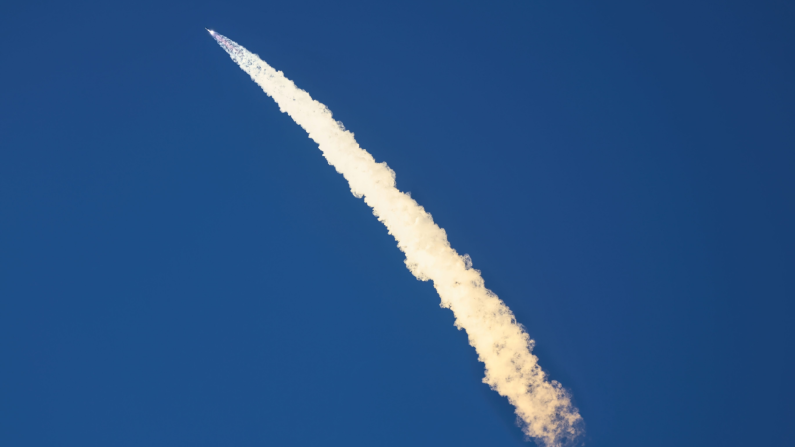
Selling successful companies allowed Musk to invest in new ones. He often said that since childhood, he wanted to be part of something that changes the world. Even before building his business empire, Musk set ambitious goals for himself and steadily pursued them: to improve online banking so that everyone could manage their finances and make transactions over the internet, to stop global warming, and to make human life multiplanetary.
Thus, the first major company Musk founded was PayPal, which developed the electronic payment system that went on to become one of the most popular in the world. After that, it became hard to argue that Musk wasn’t a true visionary. PayPal emerged in the late 1990s when no one yet considered using the internet for commerce and international payments.
And then came even more. In 2002, Musk founded SpaceX, dreaming of making space accessible to everyone and colonizing Mars. He personally took on the role of chief engineer, and at the time, the company had just over a dozen employees. It took SpaceX six years before the Falcon 1 rocket successfully reached orbit in 2008. After that, the company signed major contracts with NASA and focused on developing the more powerful Falcon 9 launch vehicle. Its first successful launch took place in 2010. The key advantage of the Falcon 9 was its innovative reusable first-stage technology, which significantly reduced the cost of future launches. By February 2025, the rocket had completed 438 missions. Naturally, not everything went smoothly — there were failures and accidents. For example, in 2015, the CRS-7 launch vehicle exploded after liftoff, destroying a satellite worth around $200 million.
Alongside its rocket development, SpaceX was also working on the Dragon spacecraft for delivering heavy cargo to the International Space Station. Soon, it became the first commercial spacecraft to deliver cargo to the ISS. Since 2013, SpaceX has been launching rockets for private missions as well. In 2015, Musk announced the start of the Starlink project — a global satellite communication system providing broadband internet access from anywhere in the world. By 2022, the Starlink network was operational on every continent.
Currently in development at SpaceX are the next generation Falcon Heavy, improved Crew Dragon (for crewed flights), and Cargo Dragon 2 (for cargo). There’s also the reusable super-heavy rocket and next-generation spacecraft Starship, designed for deep-space missions, including the colonization of Mars. Just last year, Musk posted on X that in 20 years there will be an entire city on Mars, and within 30 years — a civilization. He shared his predictions that in the early years, humans would live on Mars under protective domes, but over time, the planet would be terraformed into something resembling Earth.
Even now, the possibility of embarking on a space journey is real. Anyone with the financial means can purchase a ticket to the ISS, Mars, or the Moon. The exact price is still unknown, but Musk mentioned that it would be around $100,000.
Elon himself has admitted that he would like to die on Mars — but not on impact.
Their Name Is Legion
Perhaps in the near future, civilization on Mars — or even on Earth — will consist, if not entirely, then at least 50/50 of Elon Musk’s descendants. Officially, he has 14 children by different women.
Musk has repeatedly expressed concern about declining birth rates worldwide. And instead of complaining about circumstances, Musk is leading by example, showing how it should be done. Additionally, he has stated that he wants to leave behind as many people as possible with a high level of intelligence.
Many of his children were born through IVF, and, according to The Wall Street Journal, Musk selects potential mothers for future heirs through the X social network, sending them direct proposals. Moreover, the newspaper claims that he has far more children than the officially recognized 14. Musk refers to his acknowledged heirs as “his legion.”
The Rise of the Machines
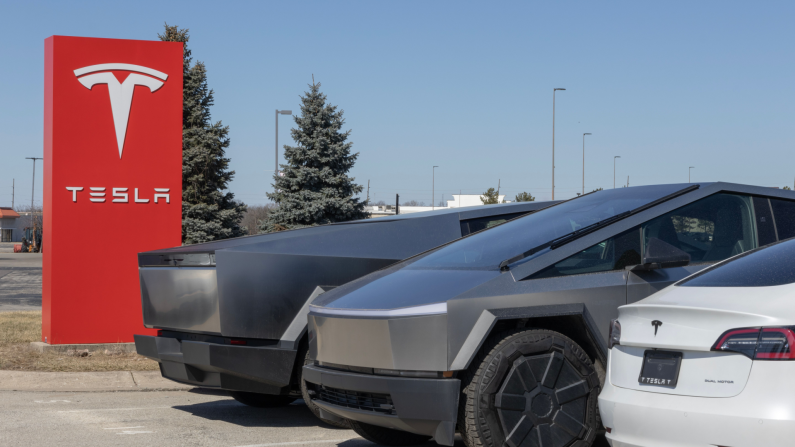
Alongside his ventures in the space industry, Elon Musk also became the main driving force behind Tesla. However, it wasn’t Musk who originally came up with the idea for the car now so firmly associated with his name. In fact, the company was founded by engineers and business partners Martin Eberhard and Marc Tarpenning. Their main goal was to create an electric vehicle that would rival gasoline-powered cars. Elon Musk became their “business angel,” investing in the project and helping to bring it to life. Yet, after joining the board of directors, Musk wanted more control over the company and to become its leading figure. As a result, he fired Eberhard and took his place. The original Tesla founders sued Musk, but the parties eventually reached a settlement, and today it is commonly accepted that the company had several CEOs, including the original investors.
When Musk took over as CEO, Tesla employees got to know the same Elon they’d already heard about from SpaceX. He solved problems quickly and directly. For instance, he would fly his own plane to other countries to retrieve equipment, personally deliver it to the warehouse, and minimize any downtime. Musk believed that people should work weekends until top-priority tasks were completed. When one employee objected, saying he had no time left for his family, Musk famously replied: “You’ll have plenty of time for your family when we go bankrupt.” The company’s fortunes quickly turned around. It’s no secret that Musk now works at least 100 hours a week, often celebrating his own birthday right at work.
One of Tesla’s greatest inventions remains the electric vehicle. The company now offers a broad range of models, including sports cars (Roadster), sedans (Model 3), crossovers (Model X, Model Y), pickup trucks (Cybertruck), and semi-trucks (Semi). Tesla is also actively developing autopilot systems that allow cars to partially drive themselves, improving battery technologies, and manufacturing its own high-performance batteries.
Human Robotization
Another promising yet unsettling project by visionary Musk is Neuralink, launched in 2016. The company is developing a special device capable of transmitting brain signals via Bluetooth. With this device, users will be able to control computers and other devices using the power of thought.
It was first presented in 2019. The device looks like a small chip that attaches behind the ear, visually resembling a hearing aid. From the receiver, thread-like electrodes extend into the brain to transmit impulses.
The goal Elon Musk pursues with Neuralink is to expand the abilities of people suffering from neurological disorders. He claims the device will help manage anxiety and stress, regulate emotional reactions, and make the brain work faster and more efficiently. Additionally, with this chip, it will be possible to listen to music without auxiliary devices, with the sound being transmitted directly to the brain. This opens up possibilities for telepathic communication as well.
Neuralink engineers state that the chip implantation surgery will be relatively simple. The first tests on rats and monkeys were successful. In 2021, a video was published of Pager the monkey playing video games using only its mind. The first human to have a chip implanted was Nolan Arbaugh. Several years ago, he was paralyzed after an accident. Using the device, he now accesses social media, email, plays games, reads, and learns foreign languages. Arbaugh also noted that after the implantation, his life became more fulfilling, and he became more independent.
Elon Musk speaks about chipping people like this: “I like being human. Sitting at a wooden table and drinking whiskey is a very human experience, but over time, that will become outdated. Gradually, we will turn into aliens with big heads and tiny bodies. Sensations will become virtual and displace the real ones. Virtual orgasms will be hundreds of times better than regular ones.”
Creating a Universal Service
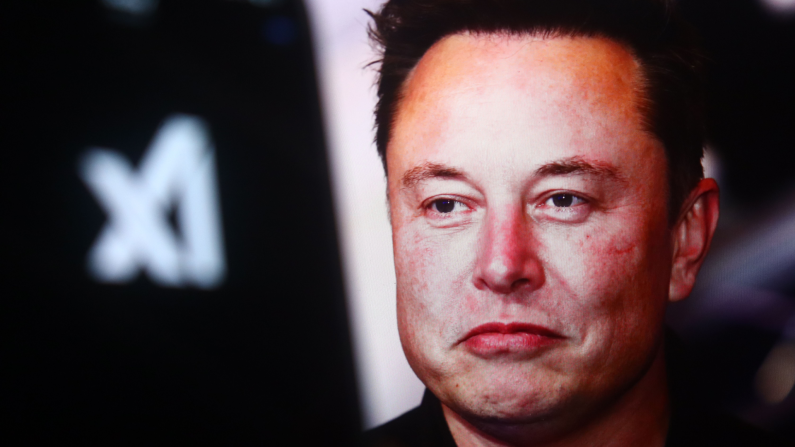
Recently, Elon Musk also became the owner of the social network X (formerly Twitter). By July 2022, shortly before Musk’s acquisition, the platform had 237.8 million active users. The entrepreneur bought the social network for $44 billion. By 2028, he plans to increase the platform’s revenue fivefold (to at least $26.4 billion), reduce its dependence on advertising, increase the number of active users and staff.
The idea of transforming Twitter into X is connected to Musk’s longstanding dream of creating a universal service similar to China’s WeChat — an app that combines a social network, messenger, payment system, and marketplace. The letter X is a recurring motif in Musk’s projects (SpaceX, xAI, X.com), symbolizing the “unknown,” as well as innovation and a drive to go beyond conventional boundaries.
In Search of Truth
In addition to all this, Elon Musk founded the xAI startup. According to the entrepreneur, the goal of this new project is to “understand the true nature of the universe.” Most likely, the founding of this company is part of Musk’s broader strategy to integrate AI into the ecosystems of all his businesses, including Tesla, SpaceX, and X.
The idea of creating xAI emerged in response to growing concerns about the development of artificial intelligence and the dominance of major companies like OpenAI, Google DeepMind, and Anthropic. Musk, one of the co-founders of OpenAI, left its board of directors in 2018, stating that its development had ceased to be “open” and transparent. Against the backdrop of ChatGPT’s explosive growth and other AI systems, Musk decided to create an alternative focused on safety and transparency.
xAI’s main product is Grok — a chatbot based on large language models (LLMs), integrated into the X social network. Unlike most other AI assistants, Grok is designed as a “witty, ironic, and even cheeky companion,” capable not only of answering questions but also delivering sarcastic comments.
Grok is developing rapidly: since its launch, its models have already undergone several updates — from Grok-1 to more advanced versions (Grok-1.5 and beyond), with improvements in contextual understanding, code generation, and solving complex problems.
Elon Musk in the White House
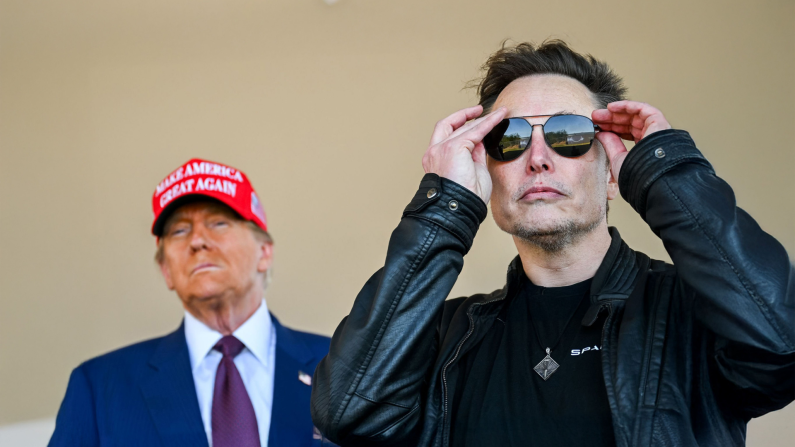
As Musk’s business empire expanded and major government contracts were signed, his collaboration with NASA, influence on energy policy, the oil industry, artificial intelligence, and his ties to the U.S. government all became stronger. Elon Musk joined the Manufacturing Jobs Initiative to coordinate efforts in promoting manufacturing in the U.S. under the Trump administration. Later, he also participated in the Strategic and Policy Forum, created to advise the president on economic issues.
However, in 2017, Musk demonstratively left both councils in protest of Trump’s decision to withdraw the U.S. from the Paris Climate Agreement. Remember, one of Musk’s most important goals — still not fully achieved — is solving environmental problems, such as global warming.
Nevertheless, Musk’s relationship with Trump didn’t end there. For example, after Musk acquired X, Donald Trump’s account was reinstated after being previously banned. In 2024, Musk made his first appearance at a Trump campaign rally. That same year, the entrepreneur became the largest political donor, contributing $274 million to Trump’s campaign and his Republican allies. After Trump’s victory in the election, Musk was spotted in a family photo surrounded by the president’s children and grandchildren at his Florida home.
Soon after, Trump signed an executive order creating the Department of Government Efficiency to cut government spending, appointing Elon Musk as its head. Musk frequently appeared at cabinet meetings in the White House (often wearing a cap emblazoned with “Trump Was Right About Everything”). Recently, Musk left his position as head of the Department of Government Efficiency, since under current legislation, “special government employees” can work for the government no more than 130 days. Trump presented Musk with a symbolic golden key to the White House — a token given only to a select few.
However, even before leaving his government position, Musk had criticized Trump’s Big Beautiful Bill tax proposal. This marked the start of a conflict that neither escalated further nor ended in reconciliation. In response to Musk’s criticism, Trump publicly declared that Musk had “lost his mind,” sparking a verbal spat between the two on X that lasted for hours.
Nevertheless, Musk now controls online communications, wields significant influence over the space industry, the automotive sector, and the field of artificial intelligence. The companies led by Elon Musk have fundamentally changed — and continue to transform — the sectors they touch. For instance, SpaceX has become the world’s most valuable private company (valued at $350 billion). Last year, the company was launching rockets several times a week, surpassing the total number of missions carried out during NASA’s 30-year Space Shuttle program. But SpaceX’s greatest breakthrough remains its invention of reusable rockets, drastically reducing the cost of launches.
Elon Musk already has monuments dedicated to him — including in New York — and he is building his own cities: SpaceX’s launch site in South Texas has been granted city status. He is setting his sights on other planets. Hundreds of thousands of people around the world work for him. Yet Musk’s ambitions are even grander: advancing humanoid robots, creating a new generation of generative neural networks, relocating humanity to Mars, and perhaps even founding his own political party. Elon Musk remains a controversial figure, and opinions about his work vary. But one thing is indisputable: Musk is a true visionary.
Share this with your friends!
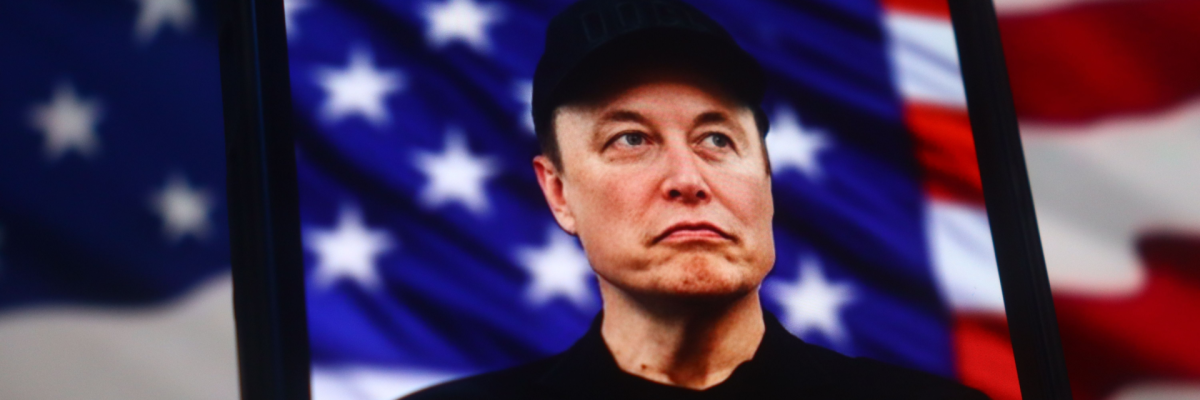

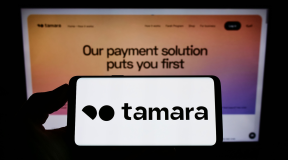
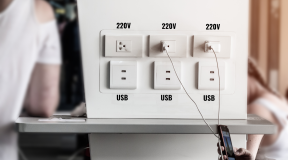
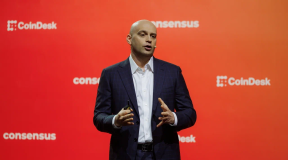
Be the first to comment
Please log in to comment